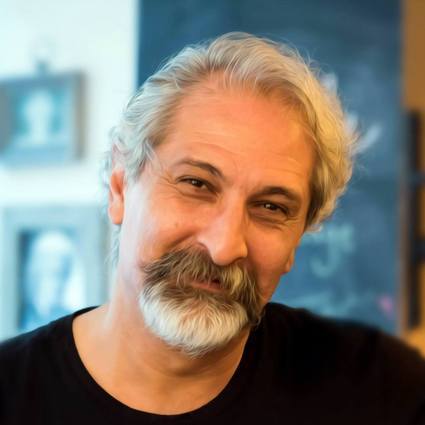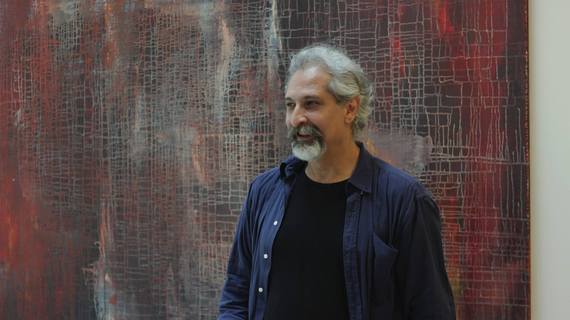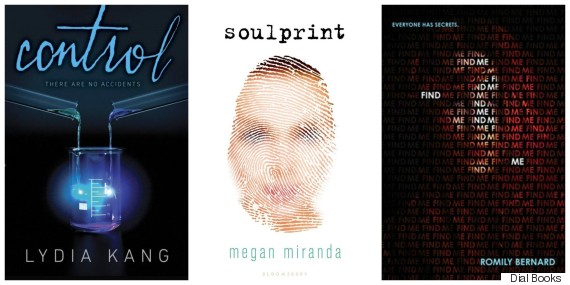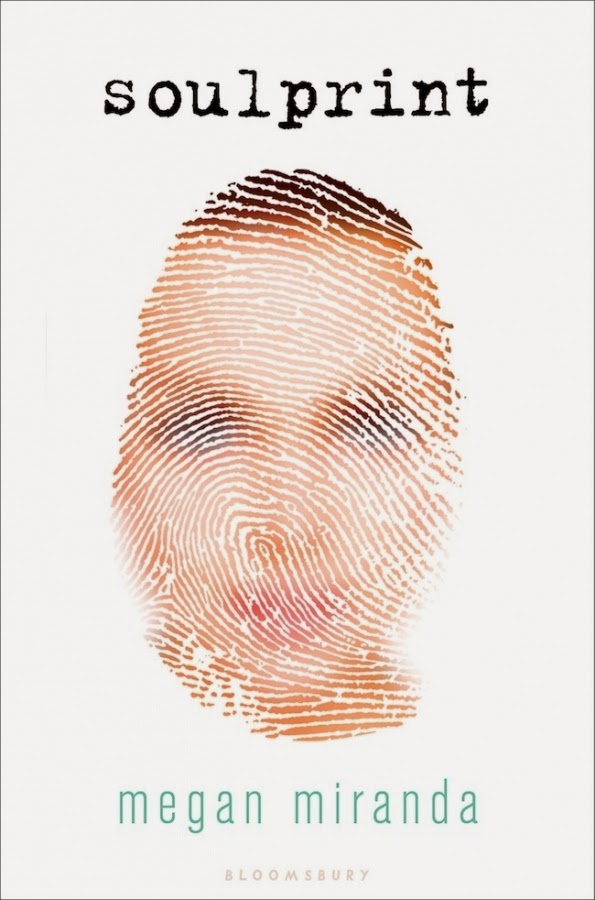Portraits. Not just pictures of imagined or found dogs and cats but specific pets whom their owners want memorialized in a painting, and she receives commissions. Are you more surprised that an athlete's girlfriend has other talents than just looking beautiful or that pet portraiture is an actual career?
The attention she has received through her association with Murray undoubtedly has been a double-edged sword, as it has brought her considerable recognition from monied pet owners, but much of her time gets spent on the road cheering on her man, which limits her time to paint. Ms. Sears seems well aware of the dilemma. "I view my painting first and foremost as a hobby," she notes on her website (www.kimsears.com), "which has fortunately grown enough for me to take more seriously."
On the gallery page of her website, it is dogs. Cocker spaniels, bulldogs, Labradors, Weimaraners and terriers, as well as the occasional cat and horse. There also a landscape or two and a close-up of strawberries, but dogs are closer to her heart. Kimberly becomes Kim on her website, and she is pictured hugging her border terriers Mayhem and Rascal, and she also reports owning some goldfish, Gary and Gabriella. (I hope that someone is tending to them while she is away.)
When she gets back to her studio isn't fully up to her, but let's talk about pet portraiture, a subset of the larger portraiture industry. We more quickly associate portraiture with humans, mostly older males dressed in dark suits painted with dark backgrounds. Those men tend to be university presidents, corporation founders and presidents, U.S. presidents and state governors, federal agency secretaries, law firm senior partners, Supreme Court judges and hospital benefactors -- people dripping with success -- whose retirements are celebrated by stately dinners and the commissioning of a portrait, which will hang next to those of their predecessors. Take a walk down the long Cross Hall in the White House to see portraits of all the presidents before Barack Obama (his will be painted after he leaves office) or, if you don't want to travel that far, to the Harvard Club on West 44th Street in Manhattan where the walls are filled with portraits of Harvard University presidents.
"Many of the portrait commissions we receive are for important people," said Beverly B. McNeil, one of the three co-owners of Portraits, Inc., which has showrooms in New York City, North Carolina and Alabama, "but we commission quite a lot of pets." Of the 175 portraitists that Portraits, Inc. represents, McNeil noted, five or six specialize in animals, although many of the others will include a pet, when it is a parent commissioning a portrait of a child or whole family.
That requires versatility on the part of the artist, if for no other reason than the fact that an animal's anatomy is quite different than that of a human. "I would be comfortable painting an animal," said Daniel Greene, an artist in North Salem, New York, who has done portraits of numerous luminaries in business, government, the arts and the military and teaches workshops for wannabe portraitists. "Years ago, I had cats and did a number of pastels of them, so when I was commissioned to do a portrait of a young girl holding a cat I felt pretty confident doing it." Otherwise, he directs prospective clients to other portrait artists who more regularly paint pets.
"There are families and people who love their pets," McNeil said, adding that some portraits are of "pets that have passed away, and the portrait is a kind of remembrance." Dogs are the largest subject of pet portraiture, followed by horses, while cats are a distant third.
The price of portrait commissions generally at Portraits, Inc. runs between $5,000 and $100,000, "and it can be higher if more than one person is in it," while pet portraits run in the $3,000-8,000 range. The cost spread gets wider still for those commissioning a pet portrait through the Charleston, South Carolina-based Dog and Horse Fine Art & Portraiture gallery, which represents "more than 30 artists across the United States and Europe," according to owner Jaynie Spector. Prices range from $300 for a 5" x 7" oil study to $80,000 for a large-scale painting by one of their better-known artists (you haven't heard of them).
With both Portraits, Inc. and Dog and Horse Fine Art & Portraiture, the costs may go higher if the artist needs to travel to sketch or take photographs of the pet in question, although pet portraiture largely relies on photographs taken by owners that are sent to the artists. Especially if the animal has passed away.
Spector stated that her gallery is unique for the variety of artistic styles employed by the artists it represents. "It's not just realistic representational, although there is that. We also have more modern abstract or looser and painterly." Dogs and horses are the principal pets being commemorated, but orders for birds and cats have come in. "Someone once painted a lizard, and we had a painting with a frog in it."
There is anxiety inherent in every type of art. Gallery artists exhibit works that they hope other people will appreciate or just consider art (critic Harold Rosenberg referred to the "anxious object" in this context), while graffiti artists create images that they want viewers to see as something other than more urban blight. Portrait painters of people may give themselves a certain artistic license through interpreting their subjects (Simmie Knox's portrait of Supreme Court Justice Thurgood Marshall, for instance, shows him smiling, which he rarely did in any photograph), but pet portraitists simply have to get it exactly right. "Cats kind of look alike, but they have a certain spot that you have to get just so," Spector said. The worst, she claimed, are "designer dogs," such as Labradoodles, which can cause endless headaches. Even worse than watching Andy Murray shank a forehand.
-- This feed and its contents are the property of The Huffington Post, and use is subject to our terms. It may be used for personal consumption, but may not be distributed on a website.













































